Weekly-ish recap — 10 April 2019
by Alexandre ProkoudineGIMP 2.10.10 released, Spring animated movie by Blender Studio hs been released
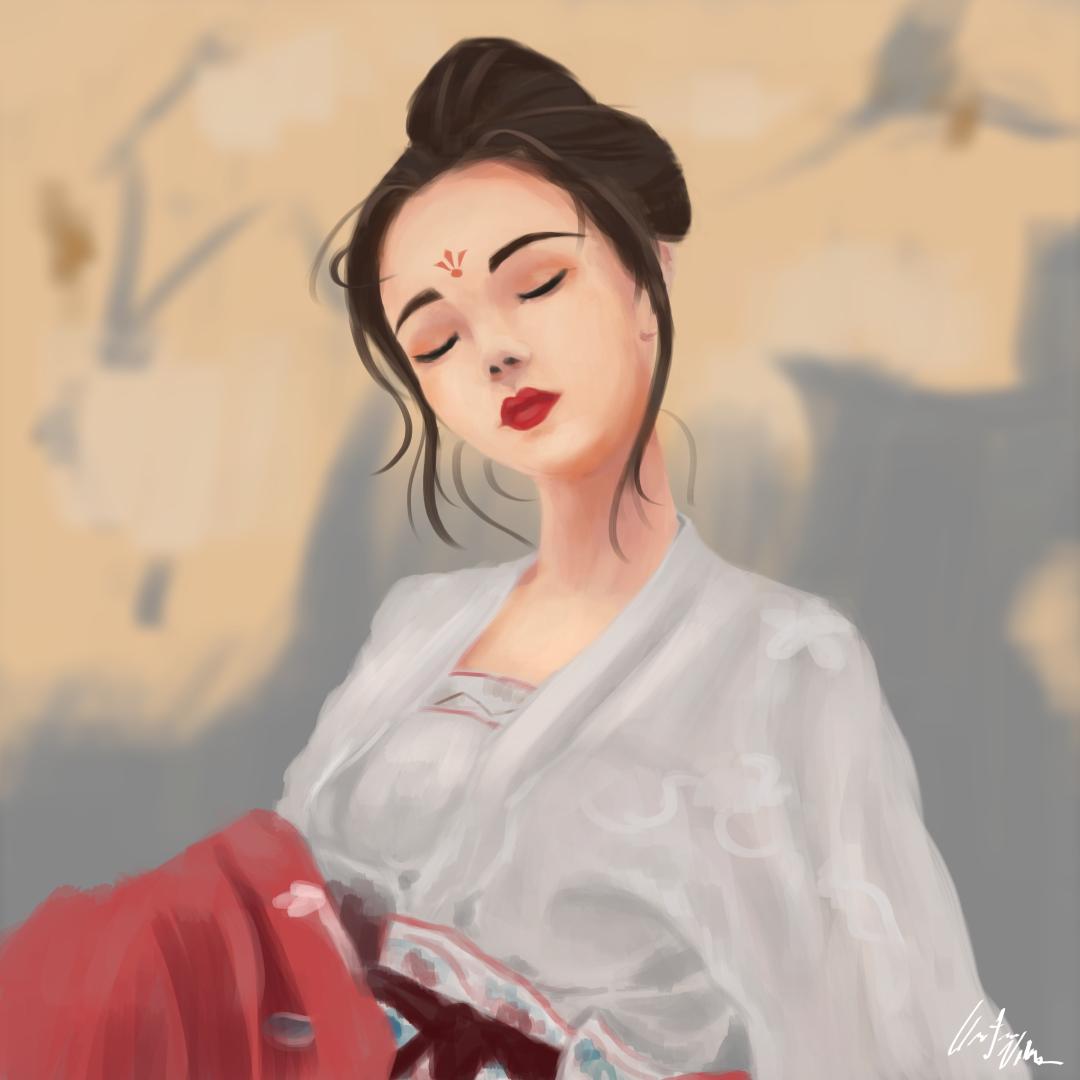
Double-week highlights: GIMP 2.10.10 release, better tablets support in Krita, a ton of changes in Blender and FreeCAD, the release of Spring animated movie.
Graphics
GIMP developers finally released version 2.10.10 featuring line art colorization, on-canvas layer selection, initial DDS support, and more improvements and new features.

As usual, the team is attending Libre Graphics Meeting which, this time, is taking place in Saarbrucken, Germany, on May 29 — June 2. If you are around, stop by to say hello (more teams like Inkscape and Krita will be there).
As for Krita, Boudewijn Rempt and Dmitry Kazakov continued fighting against bugs in the WinInk implementation in Qt on Windows and ended up patching Qt 5.12. Further plan is to implement switching between Wintab and WinInk implementations in Qt. In addition, Scott Petrovic introduced small usability improvements.
Alexey Kutepov has been working on a selection mode/tool in MyPaint the past few weeks in his own repository. This is early work but it will certainly benefit users in the end.
3D
There’s been a ton of changes in Blender over the past few weeks, including these:
- Pressing F2 in the 3D viewport now allows easily renaming selected objects.
- Any data block in the outliner can now be copy/pasted between .blend files
- Grease pencil got an improved soft eraser tool
- Report messages look better in the status bar now
That, and over 200 bugs fixed, as well as dozens more improvements. For a long-ish update from April 1, see the official video:
Lubos Lenco implemented per-layer masking, blending, opacity and channel control in ArmorPaint.
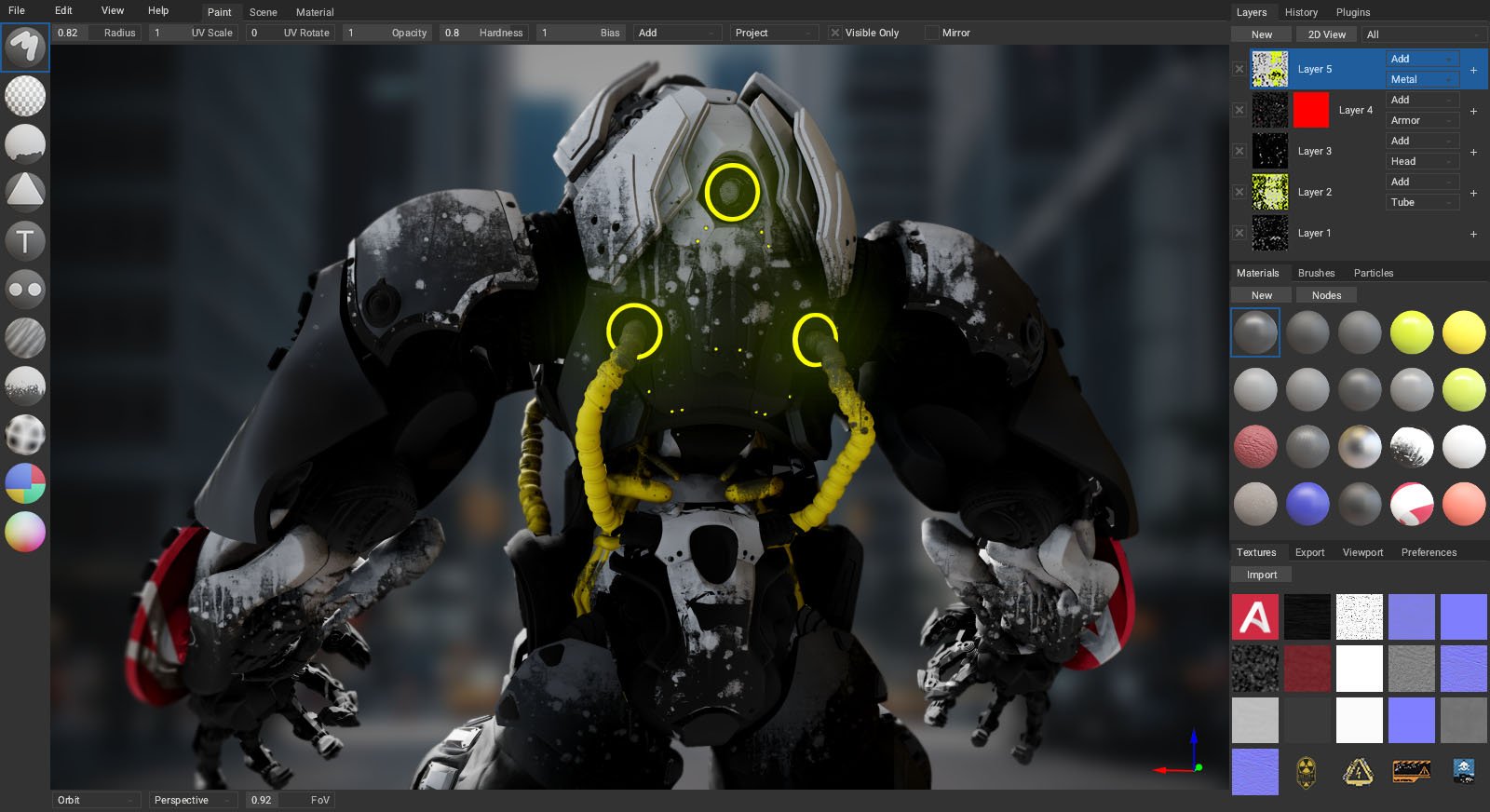
On top of that, Patrick Moran released LiquidFX for Blender and Armory3D to feature a flipbook animator node, a runtime node (mins, secs, millisecs), a Math.floor node, and a waterfall example (with particles).
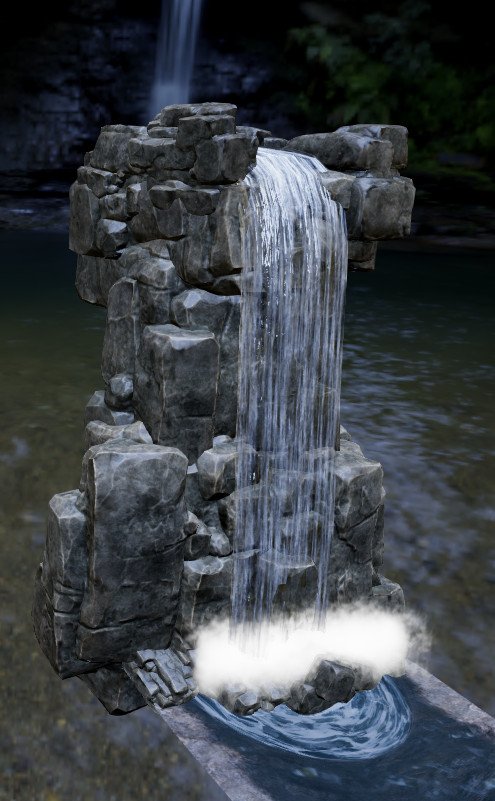
CAD
The FreeCAD team is now in an interesting situation all too familiar to GIMP users. Version 0.18 was cut a few weeks ago, the macOS build isn’t ready yet, hence the website still says that v0.17 is the latest and greatest version. Meanwhile, developers already tagged version 0.18.1 with bugfixes.
Anyway, there has been a lot of activity in the main development branch that will eventually become v0.19. Yorik van Havre published his March report that mentions, among other things:
- A bunch of new educational videos in the Barcelona pavilion series.
- Ongoing work on decoupling the geometry construction tools from their BIM semantics: e.g. make a linear extrusion, then call it a wall or a window by setting its type property/
- Better IFC compliance thanks to refactoring done by Dion Moult: FreeCAD now updates the complete set of properties based on what object type you chose.
- The BIM Diff tool is now available in the BIM workbench.
- A new icon theme is being worked on by 1D_Inc to give FreeCAD a more professional, consistent look.
![]()
Video
Matt did pretty much just bug fixing for Olive last few weeks. The one new feature he added is support for a local effects folder, which makes a perfect sense once you find out that Fahad Hasan Pathik is now making extra effects for Olive (you might know him from contributing plug-ins to Natron), or in case you want writing your own GLSL code.
Matt is also nuking frei0r support from Olive (there was no release made with this feature) for a variety of purely technical reasons. See his post for details.
The Kdenlive team shot a video from their last coding sprint where team members introduced themselves. Code-wise, they did a lot of clean-up, including full reimplementation of clips transcoding in the project bin.
The Cinelerra GG team released the March 2019 update featuring optional clip alignment based on audio waveform matching and published a new user manual (PDF).
Tutorials
Davies Media Design published a new GIMP tutorial on creating an isometric 3D map.
A new Krita tutorial from David Revoy covers the topic of shading.
This is a tutorial about my precious ‘single layer shading’ technique I invented while doing research on Pepper&Carrot. I explain how to setup the layer stack around the ‘Hard Light’ blending mode, how to use the inherit alpha and how to fill the layer with a mid-gray value (mid-gray is equal to fully transparant for Hard Light). I then demo the flexibility of this rigg by shading side by side three time the same character over various backgrounds with different ambiants (a night scene, a sunlight scene and a scene inside a forest)…
Another tutorial from David, this time in text, explains setting up Wacom Cintiq tablets on Linux.
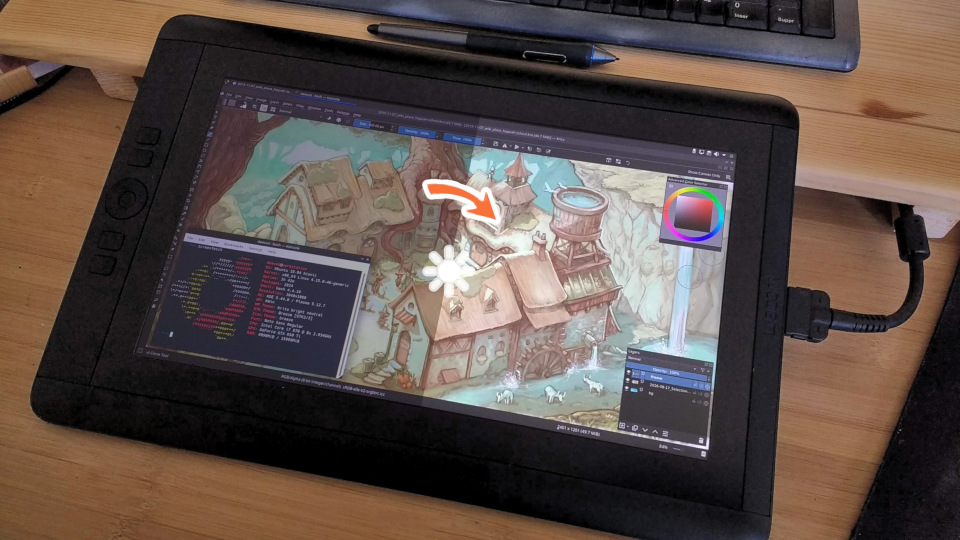
GDquest team shot a video on using Krita’s Colorize mask for game design, building it on top of an earlier video by David Revoy (published two weeks ago).
And Dina Norlund posted a tutorial on creating a comic page with Krita from scratch:
Tux Designer started making quick tutorials on Olive. This one explains how to freeze/hold a frame:
Art and showcases
The biggest news here is the much-anticipated release of Spring, a new animated short film by Blender Institute. The all-star team was comprised of Andy Goralczyk, Francesco Siddi, David Revoy, Hjalti Hjalmarsson, Pablo Vazquez, and other talented people, including the team of developers — Brecht van Lommel, Jeroen Bakker, Sergey Sharybin, Sybren Stüvel, and others, all led by Ton Roosendaal.
Juan Hernández published a cute render made with Blender/Cycles (not too cute if you are of a snail persuasion):
Snail Souprise is by the moment my newest illustration. All the models and texturing were done in Blender and the scene was rendered in Cycles at 2000 samples. This is also my first scene done in Blender 2.8, even when being still in beta, lots of it’s features came really in handy.
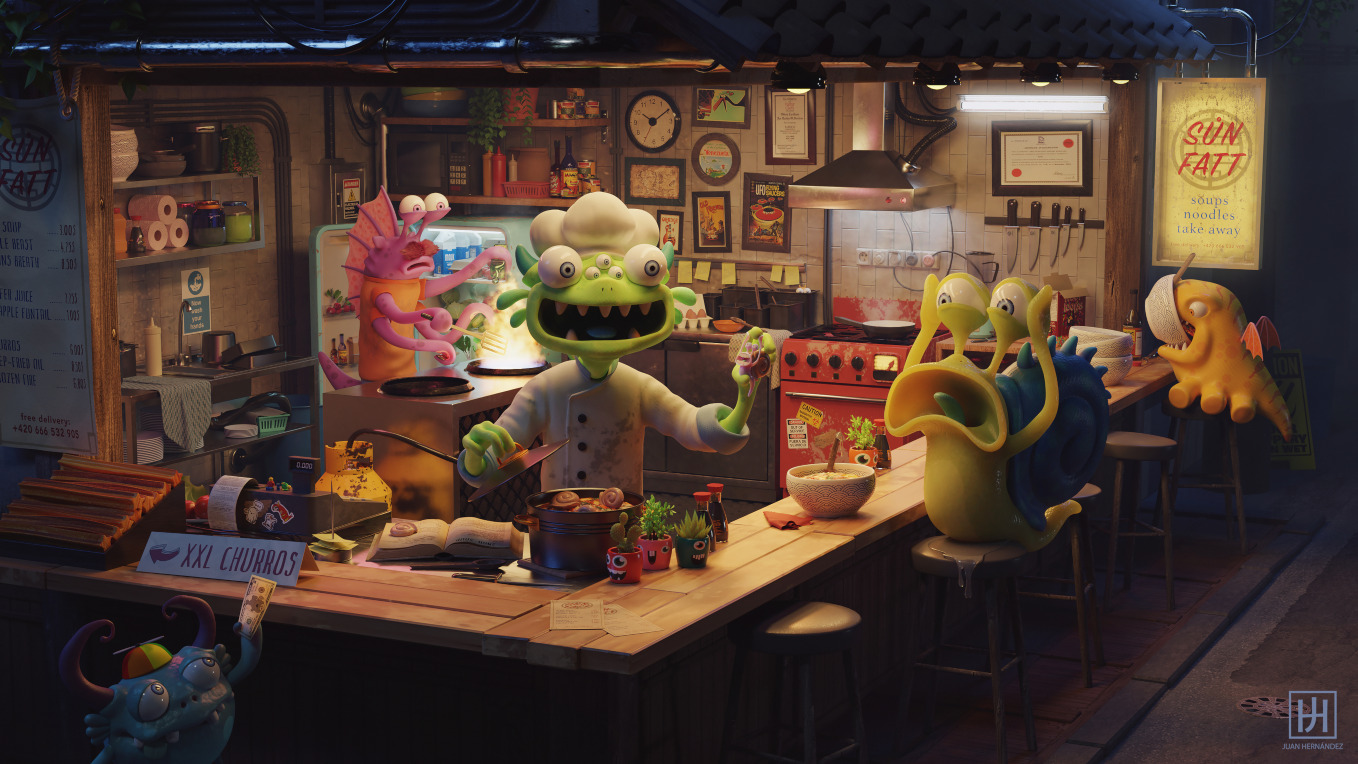
Clinton Villanueva is giving Krita some good testing:

Patreon subscribers get early access to my posts. If you are feeling generous, you can also make a one-time donation on BuyMeACoffee.
